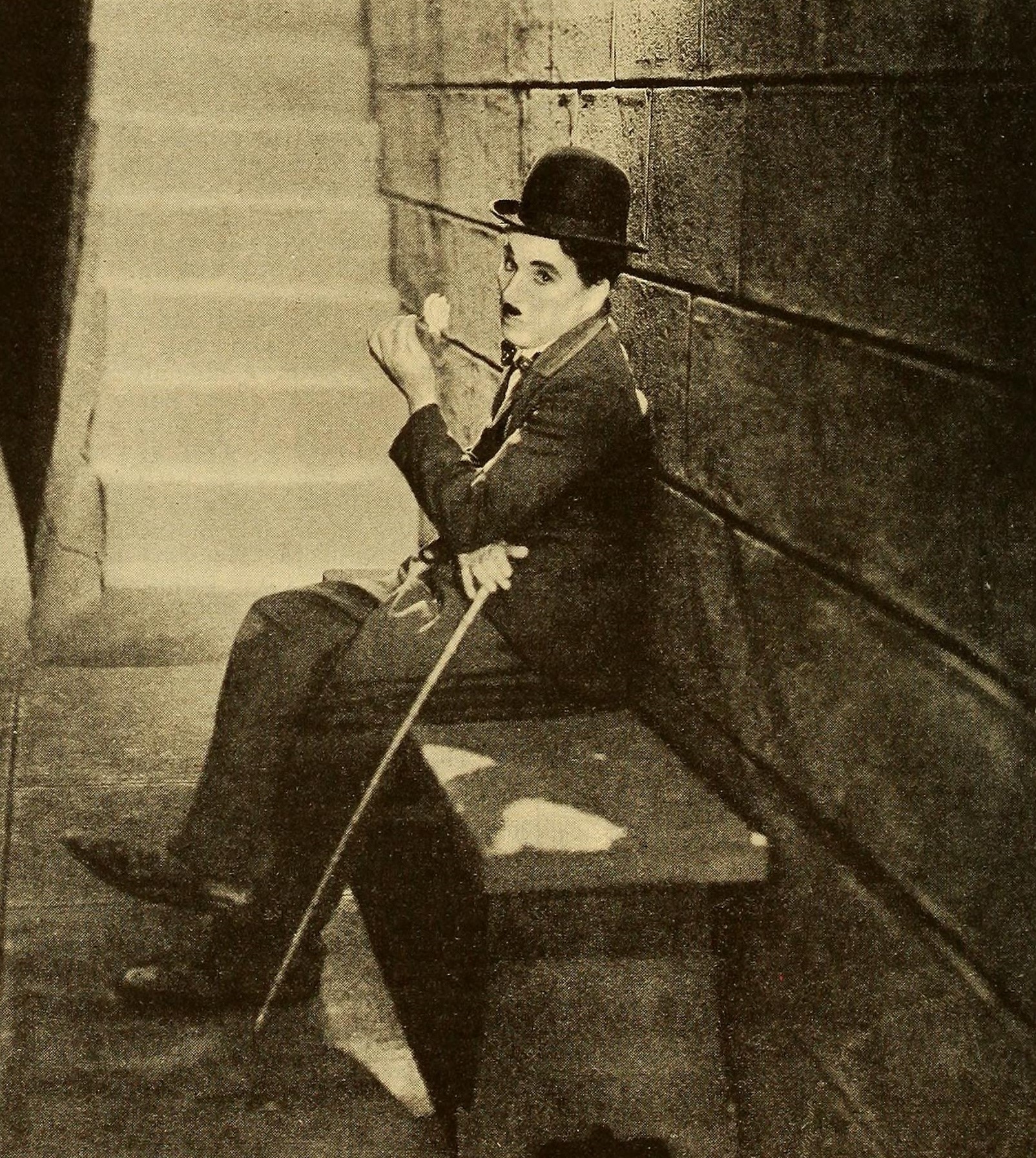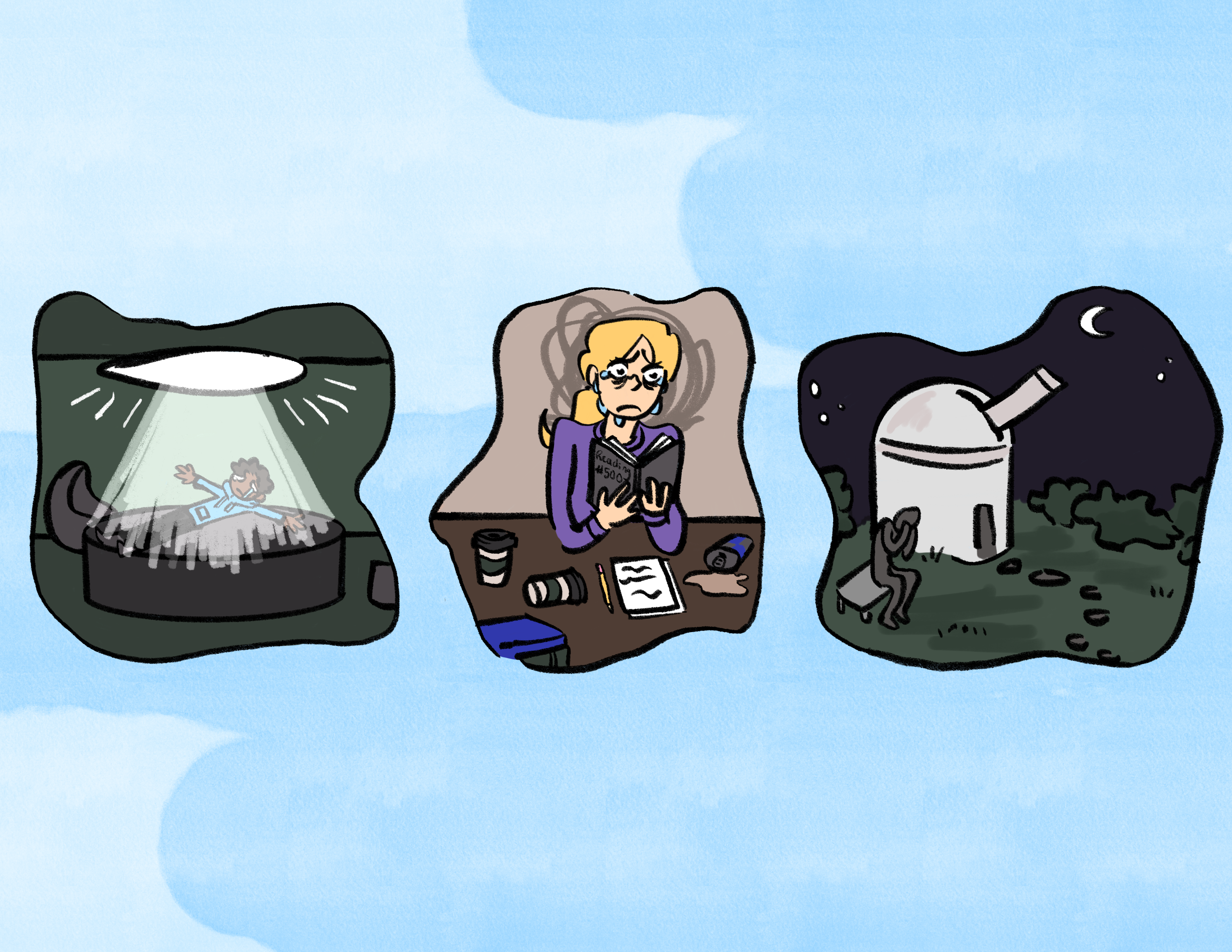In City Lights (1931), one of Charlie Chaplin’s most celebrated films, the Little Tramp does what he does best: finds himself in ridiculous situations. The plots of Chaplin films are hardly essential; his films are watched for their slapstick humor and the funny, familiar face of the lovable Little Tramp. In City Lights the Tramp falls in love with a girl, as he does in most Chaplin films. She is blind, sweet, and she and her grandmother have money problems, so the Tramp sets out to help her. Before he’s made aware of the girl’s struggles, the Tramp befriends a drunken millionaire who is only friendly towards him if he’s had enough to drink. The Tramp, as innocent and kind as always, navigates his unpredictable friendship with the man while attempting to court the blind girl. City Lights is a jewel in Chaplin’s crown as one of the most important figures in all of film history,but more importantly, it’s entertaining and will leave you with a big, silly grin on your face to rival the Tramp’s own contagious smile.
City Lights is one stunt after another, occasionally broken up by quieter scenes for the sake of realism and plot development. The most iconic scene in the entire film takes place at the end, when the Tramp finds himself up against an intimidating man in a shady boxing ring. He ends up there in his quest to find some money to help the girl. Although he’s scared, he is determined to follow through with the fight in the hopes of somehow emerging victorious with $50 prize money. The scene is expertly choreographed and makes use of different set pieces as well as creative musical accompaniment. The end result is a compelling five-minute scene that has been, and should continue to be, used as an example for other films. Chaplin used numerous props and set pieces in his scenes, and this scene, impressively long and intricate, is a tour de force. Each element of the scene—the assistants, the parts of the boxing ring, and the other fighter—is used to round out the sequence. The Tramp at one point gets caught up in the rope that sounds the bell, and each time he falls or moves too much, the bell rings, causing the men in the ring to start and stop the fight over and over. Not only is the sequence entertaining, it’s also engaging and puts to shame the notion that you can watch a silent film out of the corner of your eye. Chaplain’s genius was that he understood the capabilities of the image. His characters don’t rely on dialogue, but their own bodies and props to convey meaning and to create a spectacle.
Another impressive aspect of City Lights is Chaplin himself. In addition to being a masterful choreographer, the man was a phenomenal actor. Every bit of Chaplin’s body goes into the character of the Little Tramp. His feet and legs carry him places in a waddle-like fashion, his head bobs when he walks in a childish way, and his arms always move with precision to execute the movements needed to convey so much with so few words. The film includes very few intertitles, so most of the information is told by the way the actors move and their facial expressions change. The Tramp’s eyes and mouth are essential to this process. Chaplin makes them small when the Tramp is being shy or mischievous, and he dons a rare, toothy smile with bright, open eyes whenever the tide seemingly turns for his favor. When he’s shocked, the Tramp’s mouth makes a small ‘o’ shape as his eyebrows reach up for his hairline. Carefully composed expressions have largely been lost to modern films, since now surprise, joy, and sadness can be expressed with words. Chaplin’s films should be watched by every filmmaker today because of the way they’re able to make people laugh, be reflective, and care deeply for an odd, little duck-ish man. They give a much needed reminder that a film can be powerful with very little dialogue, and in the lion’s share of cases, this practice makes for a better film, too.
It’s not my place to say that Chaplin’s films are necessarily better than Woody Allen’s, for example. I’m a big believer that saying a film is good or bad is ultimately a subjective judgement. What I will say is this: to me, Woody Allen films have always felt like they can easily be transferred to the stage. Chaplin’s films don’t feel this way. His stunts are too big and intricate; his films need more space than the stage can provide. He makes use of his medium, and the result is a collection of successful films prized by collective memory and essential to any film studies course. Chaplin is a global treasure, and though it might feel odd to step backwards 80 years and watch one, you’ll surely be surprised by how well his masterpieces have held up, and by the fact that they can still do what they were made to do years ago: get people smiling.





